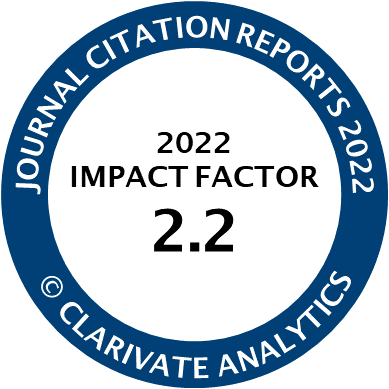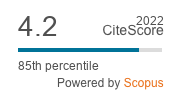Article | Open Access
Southern European Journalists’ Perceptions of Discursive Menaces in the Age of (Online) Delegitimization
| Views: | 921 | | | Downloads: | 989 |
Abstract: In a new communication context, factors such as the rise of hate speech, disinformation, or a precarious financial and employment situation in the media have made discursive menaces gain increasing significance. Threats of this kind challenge the legitimacy of institutional news media and professional journalists. This article contributes to the existing literature on the legitimization of journalism and boundary work through a study that seeks to understand the perceptions of Southern European journalists of the threats that they encounter in their work and the factors that help explain them. To this end, a survey of 398 journalists in Spain, Italy, and Greece was conducted to learn what personal or professional factors influenced their views and experiences of discursive and non-discursive menaces. Results show that discursive threats, such as hateful or demeaning speech and public discrediting of one’s work, are the most frequent to the safety of journalists, while expressions of physical violence are less common. Younger and more educated journalists tended to perceive themselves as having been victims of discursive menaces more often, although not many significant differences were observed between different groups of journalists. Even though it could show a worrying trend, this finding can also indicate a growing awareness about menaces of this kind.
Keywords: discursive menace; Greece; hate speech; Italy; journalists; legitimacy of journalism; Southern Europe; Spain
Published:
Issue:
Vol 11, No 2 (2023): Hate Speech, Demonization, Polarization, and Political Social Responsibility
© David Blanco-Herrero, Sergio Splendore, Martin Oller Alonso. This is an open access article distributed under the terms of the Creative Commons Attribution 4.0 license (http://creativecommons.org/licenses/by/4.0), which permits any use, distribution, and reproduction of the work without further permission provided the original author(s) and source are credited.




